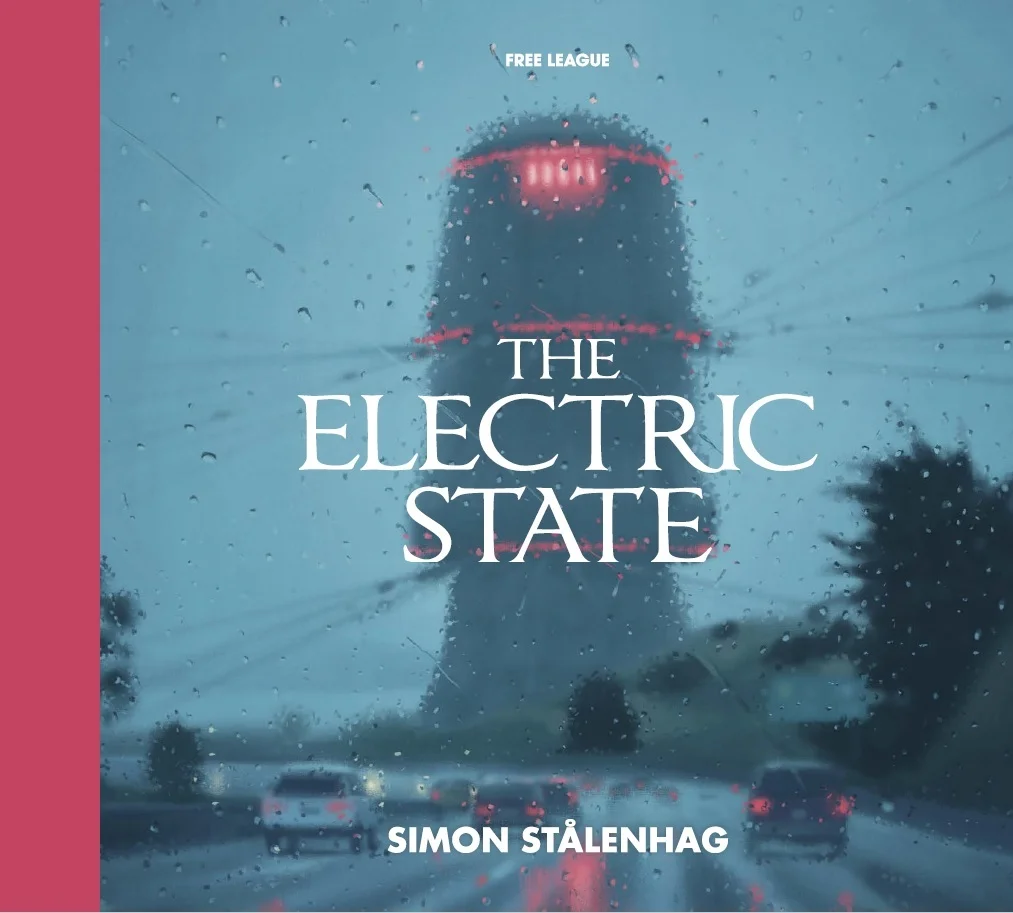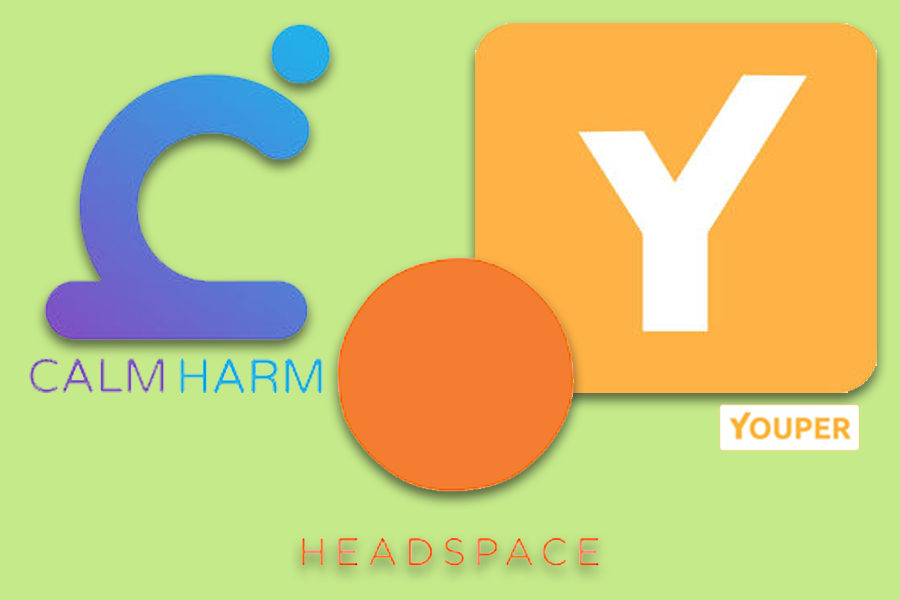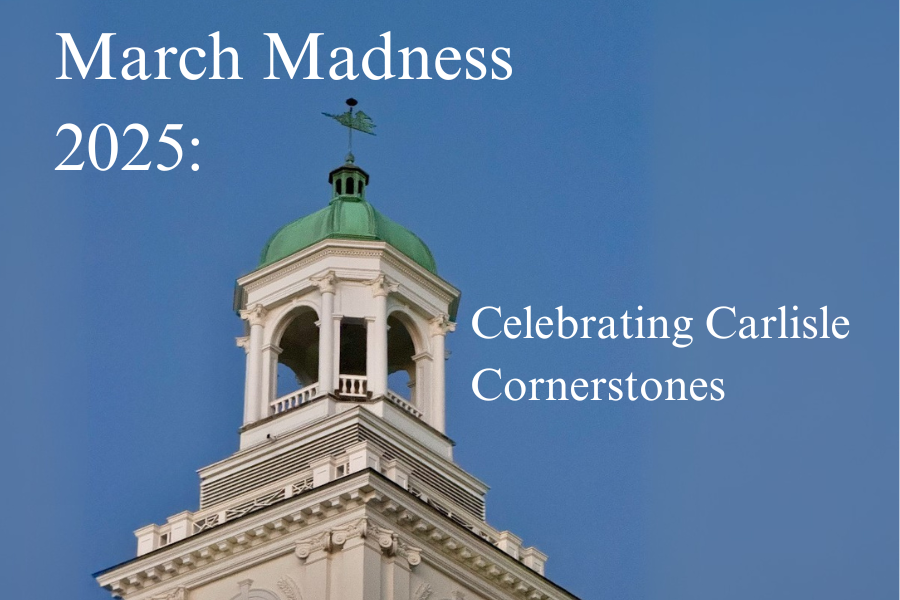Approaching things a bit differently: The New PSAT
Use the College Board Website to see your PSAT scores, learn more about the new scoring methods, and eventually schedule your SAT.
Seeing as October’s PSAT scores just came out this past week, people are probably wondering how to interpret them. Let’s break down the differences from previous years:
According to CollegeBoard.org, the previous PSAT lasted for 2 hours and 10 minutes while the redesigned PSAT lasts for 2 hours and 45 minutes. The reason for the upped time is because test takers have been given more time per section. Instead of 50 minutes for the reading section, a whole hour was allotted. The writing section was upped from 30 to 35, which doesn’t seem like much but 5 more questions were added than there were previously. The math section gained an extra 20 minutes which allowed for an extra 10 questions to be added.
Components on the test were also changed. Instead of three sections, the PSAT has been narrowed down to two. The first one is Evidence Based Reading and Writing, which is further broken down into subsection tests for Reading and for Writing and Language.
While the old PSAT put emphasis on general reasoning skills, vocabulary, and involved complex scoring where there was a point deduction for incorrect answers, the new PSAT approaches things a bit different.
The new PSAT takes a more realistic approach to testing students knowledge by focusing on the knowledge, skills, and understanding that is most important for college readiness and success, involving a greater emphasis on the meaning of words in extended contexts and on how word choice shapes the authors meaning, tone, and impact. Most importantly, scores are only taken if they are right with no guessing penalty.
Many students that took the PSAT agreed that it involved difficult to understand passages and questions.
Junior Melisa Kadiric said, “They used bigger vocabulary to make a simple question harder to understand.”
Overall scores have been changed also, with the previous year having a scale ranging from 60 to 240 while the new score has a scale of 320 to 1520 with a section score of 160 to 760 instead of 20 to 80.
The CHS counselor in charge of the PSAT’s, Ginger Rotz, believes the scoring method “for the new PSAT is a bit easier to understand. This is the first time that scores from the PSAT and SAT will be on a common score scale. This makes it easier for students, parents, and educators to track growth from the different assessments.”
There is also sub score reporting for every test that allows for the test taker and educators to gain added insight on the overall scores and where they can improve their skills.
Rotz believes that the “extra sub scores are helpful for students. It breaks the test down even further than before and gives students insight in areas that they weren’t able to see before. There are also Cross-Test scores which show the student’s ability in analysis in History/Social Studies and analysis in Science.”
Rotz leaves with a closing suggestion, stating that “I highly encourage students to use the online resources to better understand their scores and figure out how they can improve their scores on future assessments.”
Want to help the Herd? Please consider supporting the Periscope program. Your donation will support the student journalists of CHS and allow us to purchase equipment, send students to workshops/camps, and cover our annual website hosting costs.

Brooklyn Norrell is currently a senior at Carlisle Area High School and this is her third year in Periscope. Brooklyn is the student life section editor...




























































































